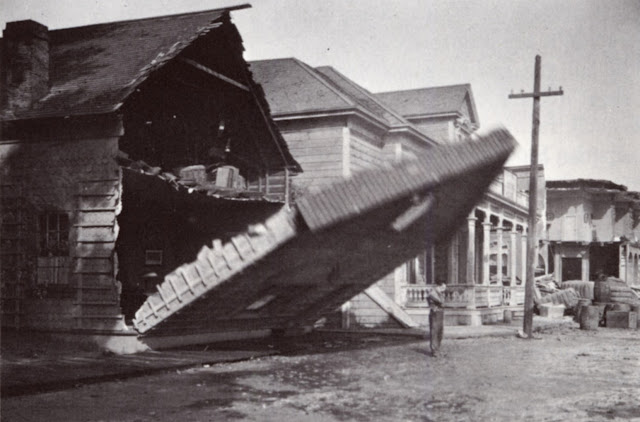For over 120 years, stunt performers have graced our screens, performing acts too dangerous and risky for the actors involved in the film or television show. Currently, there are estimated to be about 7,700 stunt performers in the actors union, SAG-AFTRA (Screen Actors Guild). Many of these stunt performers began as gymnasts or college athletes. There are even some former Olympians currently working as stunt performers.
Becoming a member of SAG is when many stunt performers say their official “career” began. Stunt Performers unionized in 1945 as part of the Screen Extras Guild, SEG, which eventually merged with SAG in 1992. Despite being officially organized and cohesive now, the stunt performing industry has scrappy and interesting roots.
While the first known use of a stunt performer is debated, the consensus seems to be that the first stuntman was Frank Hanaway in the 1903 film, The Great Train Robbery. Hanaway is also listed in the Guinness Book of World Records as the first known stunt performer. There were, of course, actors before Hanaway who did dangerous activities on camera, but he was the first to be specifically cast in the film to perform a stunt.
In the early days of cinema, the early 1900s, comedy movies were in vogue. Since it was still the Silent Era of film at this time, slapstick physical hijinks were the main way in which comedy was conveyed to the audience. Highly physical scenes with danger involved meant that the best people equipped for the job at the time were acrobats, vaudevillians, and clowns, who essentially became the first stunt performers.
Two of the first physical comedians who could rightly be called stunt performers were names you’ve likely heard of – Buster Keaton and Charlie Chaplin. While these icons of cinema weren’t actual stunt performers that were trained to do stunts, they performed a good deal of physical comedy like pratfalls and high dives. In that era of silent film, actors had to rely on their physicality to capture audiences’ attention.
Buster Keaton claims to have never refused a stunt. Many film historians point to a scene in the film Steamboat Jr. as an example of one of Buster Keaton’s most famous stunts. In this iconic scene, Buster Keaton is almost squashed by the facade of a two-ton house that falls down around him. He had to stay still, keep his nerves in check, and hope that the production team didn’t make even an inch of error while measuring. Thankfully, Keaton was not hurt in the making of the scene, but he was exceptionally lucky. Keaton himself said of the dangerous shoot, “I took a pretty good beating.” Keaton’s childhood was spent performing vaudeville, so perhaps he was used to using his body in unique ways.
Around 1910, action films’ popularity began to eclipse that of comedic films. These action films required riskier stunts which began the practice of using stunt doubles instead of the actors themselves. One popular genre of films at this time was silent westerns, and this opened the door for rodeo stars and cowboys to find work in films.
Comedians and cowboys paved the way for the world of stunt performing today, which is often aided by technology like airbags and bullet squibs. The industry continues to evolve as new computer and film technology gets brought to the marketplace. There’s now the looming threat of CGI and robot stunt doubles, which could decrease the number of actual human stunt performers. Disney is currently developing “stunt bots,”’ which are humanoid robots capable of simulating stunts in their blockbuster films. But hopefully, there will always be a place for people taking risks to provide entertainment that thrills and delights audiences.





